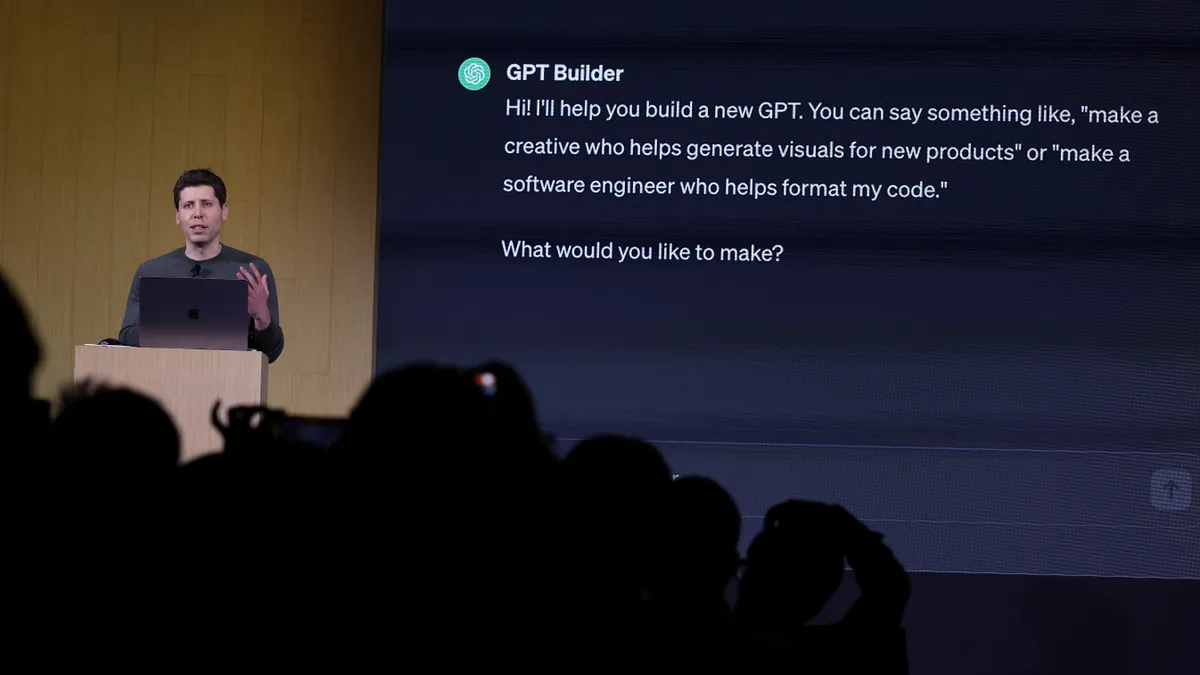When workers don't have a clear path to advancement, they leave, recent research shows. And with the current tight labor market, retention is more important than ever.
Few employers, however, seem to be able to capitalize on this opportunity. If fact, when employees advance in their careers, only 7% do so with their current employers. A renewed look at — and an investment in — employee development could provide a significant advantage when it comes to retention.
A chance to advance
If you’ve waited until an employee's first day to talk about career development, you may be too late. Candidates are looking for a company where their development is a part of the package, just as much as compensation. More than 65% of millennials believe it’s management’s job to offer accelerated development programming on the job. To hire and retain this massive talent pool, development has to be part of an employer's recruitment strategy.
And once employees are on board, development has to be part of your learning agenda. Training for employees' current work is good, but training for the work they aspire to do is motivating. Like dressing for success, employees also have to train for success; and when companies invest in employees, employees invest in companies – with satisfaction, engagement and longevity.
But it can't be all talk. “Promoting career development alone without viable internal career opportunities for employees will not always increase retention," Jesus Bravo, clinical associate professor at Washington State University Carson College of Business, told HR Dive. It’s important to give employees a clear path to growth, he said. “Hence, one way to promote career development opportunities/programs would be to tie them together with opportunities for promotion within the organization.”
Bravo suggests a variety of development activities attractive to staff, including workshops to develop tech skills, learning to develop managerial competencies, career planning workshops, tuition reimbursement planning and job rotation within different divisions and functional areas in the company.
Career conversations
Employers should engaging employees with short career conversations frequently and iteratively, rather than waiting until the annual development review, recommends Julie Winkle Giulioini, co-author of Help Them Grow or Watch Them Go: Career Conversations Employees Want. The model she and her co-author developed calls for questions in three key areas: hindsight, foresight and insight.
Hindsight questions are similar to those one might ask during an employment interview. “When we interview people,” Winkle Giulioni says, ”we want to hear all about who they are, what they’ve done, what they love, their talents, what they’re interested in… and what they’re not interested in. But once hired, that conversation ends.” She recommends continuing the conversation as employees learn more, grow, evolve and take on more duties and responsibilities.
Foresight questions have an outward and forward focus. They engage employees in thinking about the needs of the organization, changes in the industry and the complexities of the broader business landscape.
Finally, insight questions and conversations consider the intersection of hindsight and foresight. Where the employee’s interests intersect with what the business needs, there are tremendous opportunities for growth and development, Winkle Giulioni says. Career conversations can be short, just two or three minutes, she said. And effective leaders can use the time they’re already spending with employees to make this happen, such as when they're waiting for a meeting to start, or driving to meet a client.
Periodically, leaders can have longer, 10-minute conversations blending together hindsight, foresight and insight questions to create powerful yet still short opportunities for growth.
“We need to rethink what career conversations look like and re-craft them to meet the needs of business,” says Winkle Giulioni. Short, impactful conversations can shift the dynamic when it comes to annual performance reviews and development planning, as well. “If you’re communicating regularly, the formal conversations require less preparation and are easier because they simply wrap up a year’s worth of dialogue."
Concrete feedback
Once employees are doing the work to grow and advance, they’ll need routine feedback. Whether it’s encouragement or realigning goals and timelines, it’s important to stay in touch. For employees serious about advancement, motivation may come from within, but encouragement, and perhaps surprisingly, correction, can fuel it, too.
As with broader career conversations, feedback should happen in real-time, says Mischa Riedo, co-founder of performance management app QuercusApp. Career development comes in many forms, but it's important that it not be relegated only to annual performance reviews.
Based on his firm's recent research, Riedo says employees want their employers to suggest ways they can improve. By doing so, companies address two critical aspects of talent management: employee development and retention rates.
“This is why providing feedback needs to become a key competency that is developed in all of your organization’s leaders,” he says.
Roadblocks
At some point, employees may hit a ceiling in their department or career and it may look like they have nowhere to go but out the door. Rather than lose a talented employee, some experts suggest cross-training.
Horizontal cross-training expands an employee’s knowledge base to other departments and disciplines. While it may not be a direct path to promotion, it could reinvigorate their commitment to the company, or identify a new path to pursue.
“Organizations that have managerial succession planning programs at various levels of the organization seem to communicate to the employees the value they place on development as well as internal promotion,” Bravo said. Additionally, formal and informal mentoring and job shadowing opportunities are attractive for those employees seeking to develop their careers while also expanding their social networks, he added.
The key to making career development a retention tool is finding where those initiatives to fit into your workplace.
“Organizations must be aware career development opportunities without internal career paths/opportunities may only work to prepare and develop your employees to take jobs in other organizations,” Bravo says.



















